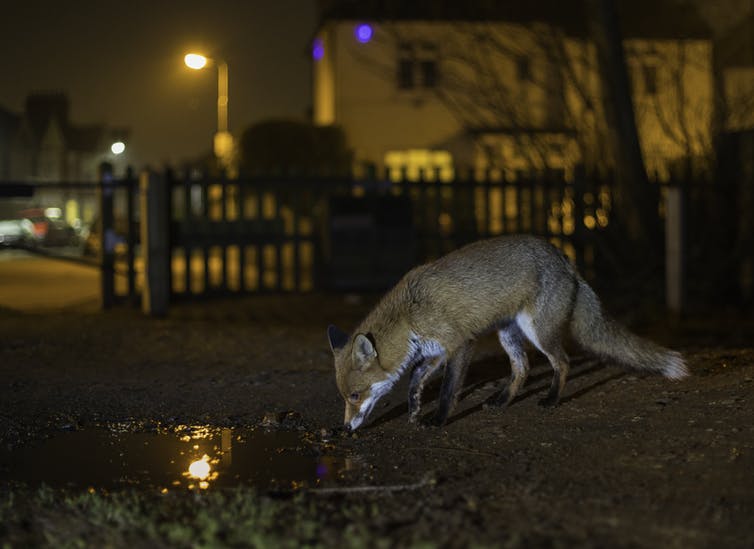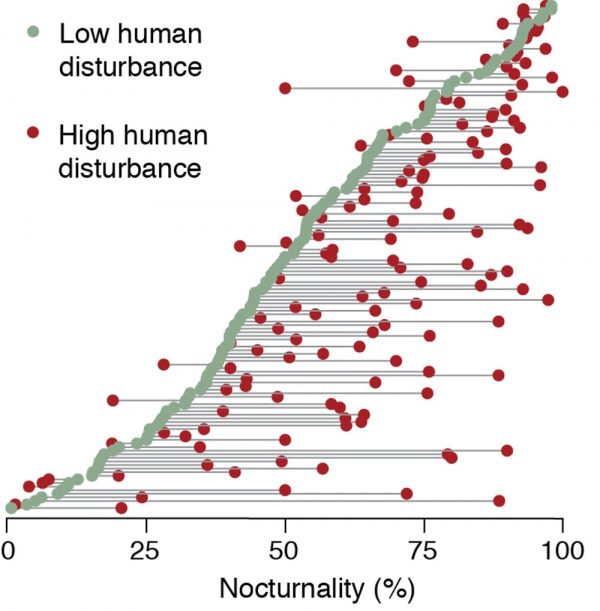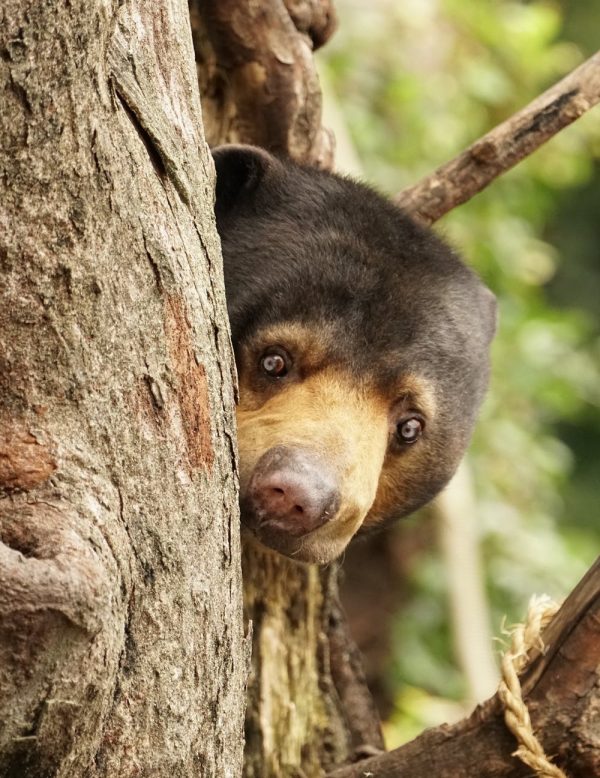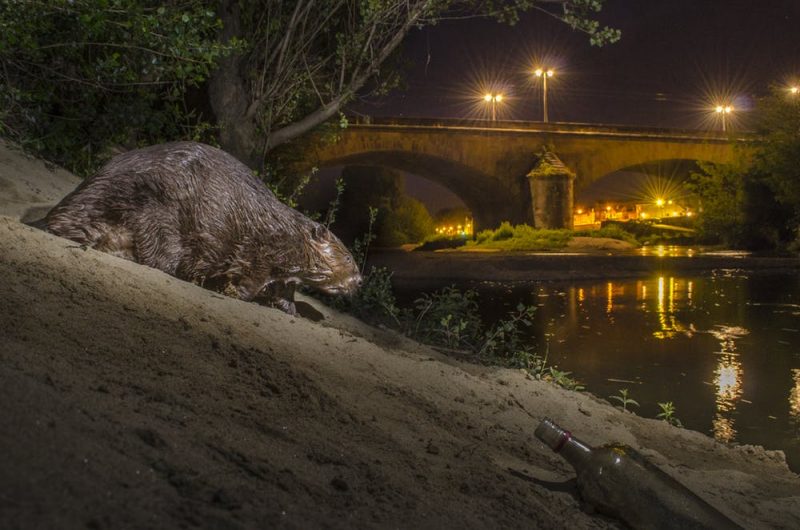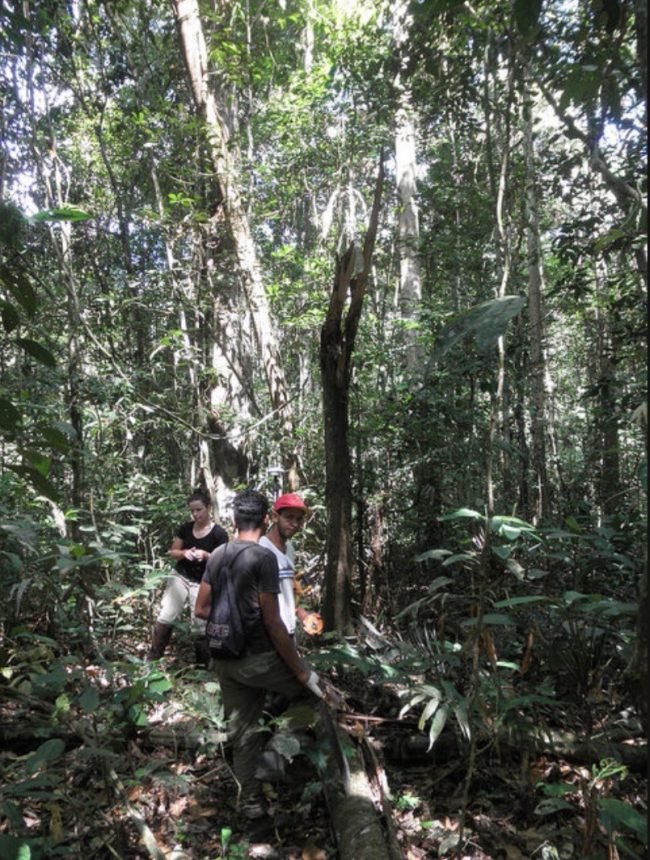A selection of new climate related research articles is shown below.
Climate change mitigation
Climate change communication
Climate Hypocrisies: A Comparative Study of News Discourse
Analyzing the factors that influence U.S. public support for exporting natural gas
Turkish public preferences for energy
Nature Articulations in Norwegian Advertising Discourse: A Depoliticized Discourse of Climate Change
Weather, Climate, and Narrative: A Relational Model for Democratizing Risk Communication
Cold winters warming? Perceptions of climate change in the North Country
Emission savings
Electric vehicles: solution or new problem?
Leveraging material efficiency as an energy and climate instrument for heavy industries in the EU
Mangrove conservation for climate change mitigation in Indonesia
AFM special issue – Greenhouse gas and ammonia emissions from livestock production
Ammonia and greenhouse gas emissions at beef cattle feedlots in Alberta Canada
Tradeoffs in the quest for climate smart agricultural intensification in Mato Grosso, Brazil (open access)
Mitigation of greenhouse gas emissions from animal production
Energy production
Large methane emissions from natural gas vehicles in Chinese cities
The Water‐Energy Nexus of Hydraulic Fracturing: A Global Hydrologic Analysis for Shale Oil and Gas Extraction (open access)
Drivers of growth in commercial-scale solar PV capacity
Climate Policy
Conflicting energy policy priorities in EU energy governance (open access)
Overcoming public resistance to carbon taxes (open access)
Geoengineering
The Effects of Carbon Dioxide Removal on the Carbon Cycle (open access)
Climate change
Temperature, precipitation, wind
Extreme events
Tornado Warnings at Night: Who Gets the Message?
East Asian dust storm in May 2017: observations, modelling, and its influence on the Asia-Pacific region (open access)
Hurricane Strikes and Migration: Evidence from Storms in Central America and the Caribbean
Forcings and feedbacks
"In the latitude belts surrounding the equator (0°− 24° N and 0°− 24° S), the link seems very similar. On the opposite, the patterns of the temperature CO2 link in the Arctic is very distant from those concerning the equatorial regions and other latitude bands in the South Hemisphere. This big distance is consistent with the so-called Arctic amplification phenomenon. Further, it is important to underline that this observational data-based analysis provides an independent statistical confirmation of the results from global circulation modelling."
On the Cause of Recent Variations in Lower Stratospheric Ozone (open access)
Source Apportionments of Aerosols and Their Direct Radiative Forcing and Long‐Term Trends Over Continental United States (open access)
Ozone response to emission reductions in the southeastern United States (open access)
Cryosphere
A new tracking algorithm for sea ice age distribution estimation (open access)
Thin Arctic sea ice in L-band observations and an ocean reanalysis (open access)
Antarctic sub-shelf melt rates via PICO (open access)
Bathymetric controls on calving processes at Pine Island Glacier (open access)
Atmospheric and oceanic circulation
Cycles in oceanic teleconnections and global temperature change
"During the period 1940–1950, the LL[leading–lagging] relations for the long cycles were circular (nomenclature x leads y: x → y): GTA[global temperature anomaly] → NAO → SOI → PDO → GTA. However, after 1960, the LL relations become more complex and there are indications that GTA leads to both NAO and PDO."
Large scale climate oscillation impacts on temperature, precipitation and land surface phenology in Central Asia (open access)
Carbon cycle
Where is the residual terrestrial carbon sink?
Persistent carbon sink at a boreal drained bog forest (open access)
Drought, Heat, and the Carbon Cycle: a Review (open access)
Climate change impacts
Mankind
Health risks of warming of 1.5 °C, 2 °C, and higher, above pre-industrial temperatures (open access)
A universal model for predicting human migration under climate change: examining future sea level rise in Bangladesh (open access)
Changes in rainfed and irrigated crop yield response to climate in the western US (open access)
Adaptability of global olive cultivars to water availability under future Mediterranean climate
Estimating spring frost and its impact on yield across winter wheat in China
Resistance to relocation in flood-vulnerable coastal areas: a proposed composite index
Biosphere
Increased growth of Qinghai spruce in northwestern China during the recent warming hiatus
Impacts of recent climate extremes on spring phenology in arid-mountain ecosystems in China
Invoking adaptation to decipher the genetic legacy of past climate change
The potential of 230Th for detection of ocean acidification impacts on pelagic carbonate production (open access)
The effects of food stoichiometry and temperature on copepods are mediated by ontogeny (open access)
Other impacts
Other papers
Palaeoclimatology
Svalbard glaciers re‐advanced during the Pleistocene–Holocene transition
Climate sensitivity and meridional overturning circulation in the late Eocene using GFDL CM2.1 (open access)
Statistical reconstruction of global vegetation for the last glacial maximum
from Skeptical Science https://ift.tt/2Ikc1uw
A selection of new climate related research articles is shown below.
Climate change mitigation
Climate change communication
Climate Hypocrisies: A Comparative Study of News Discourse
Analyzing the factors that influence U.S. public support for exporting natural gas
Turkish public preferences for energy
Nature Articulations in Norwegian Advertising Discourse: A Depoliticized Discourse of Climate Change
Weather, Climate, and Narrative: A Relational Model for Democratizing Risk Communication
Cold winters warming? Perceptions of climate change in the North Country
Emission savings
Electric vehicles: solution or new problem?
Leveraging material efficiency as an energy and climate instrument for heavy industries in the EU
Mangrove conservation for climate change mitigation in Indonesia
AFM special issue – Greenhouse gas and ammonia emissions from livestock production
Ammonia and greenhouse gas emissions at beef cattle feedlots in Alberta Canada
Tradeoffs in the quest for climate smart agricultural intensification in Mato Grosso, Brazil (open access)
Mitigation of greenhouse gas emissions from animal production
Energy production
Large methane emissions from natural gas vehicles in Chinese cities
The Water‐Energy Nexus of Hydraulic Fracturing: A Global Hydrologic Analysis for Shale Oil and Gas Extraction (open access)
Drivers of growth in commercial-scale solar PV capacity
Climate Policy
Conflicting energy policy priorities in EU energy governance (open access)
Overcoming public resistance to carbon taxes (open access)
Geoengineering
The Effects of Carbon Dioxide Removal on the Carbon Cycle (open access)
Climate change
Temperature, precipitation, wind
Extreme events
Tornado Warnings at Night: Who Gets the Message?
East Asian dust storm in May 2017: observations, modelling, and its influence on the Asia-Pacific region (open access)
Hurricane Strikes and Migration: Evidence from Storms in Central America and the Caribbean
Forcings and feedbacks
"In the latitude belts surrounding the equator (0°− 24° N and 0°− 24° S), the link seems very similar. On the opposite, the patterns of the temperature CO2 link in the Arctic is very distant from those concerning the equatorial regions and other latitude bands in the South Hemisphere. This big distance is consistent with the so-called Arctic amplification phenomenon. Further, it is important to underline that this observational data-based analysis provides an independent statistical confirmation of the results from global circulation modelling."
On the Cause of Recent Variations in Lower Stratospheric Ozone (open access)
Source Apportionments of Aerosols and Their Direct Radiative Forcing and Long‐Term Trends Over Continental United States (open access)
Ozone response to emission reductions in the southeastern United States (open access)
Cryosphere
A new tracking algorithm for sea ice age distribution estimation (open access)
Thin Arctic sea ice in L-band observations and an ocean reanalysis (open access)
Antarctic sub-shelf melt rates via PICO (open access)
Bathymetric controls on calving processes at Pine Island Glacier (open access)
Atmospheric and oceanic circulation
Cycles in oceanic teleconnections and global temperature change
"During the period 1940–1950, the LL[leading–lagging] relations for the long cycles were circular (nomenclature x leads y: x → y): GTA[global temperature anomaly] → NAO → SOI → PDO → GTA. However, after 1960, the LL relations become more complex and there are indications that GTA leads to both NAO and PDO."
Large scale climate oscillation impacts on temperature, precipitation and land surface phenology in Central Asia (open access)
Carbon cycle
Where is the residual terrestrial carbon sink?
Persistent carbon sink at a boreal drained bog forest (open access)
Drought, Heat, and the Carbon Cycle: a Review (open access)
Climate change impacts
Mankind
Health risks of warming of 1.5 °C, 2 °C, and higher, above pre-industrial temperatures (open access)
A universal model for predicting human migration under climate change: examining future sea level rise in Bangladesh (open access)
Changes in rainfed and irrigated crop yield response to climate in the western US (open access)
Adaptability of global olive cultivars to water availability under future Mediterranean climate
Estimating spring frost and its impact on yield across winter wheat in China
Resistance to relocation in flood-vulnerable coastal areas: a proposed composite index
Biosphere
Increased growth of Qinghai spruce in northwestern China during the recent warming hiatus
Impacts of recent climate extremes on spring phenology in arid-mountain ecosystems in China
Invoking adaptation to decipher the genetic legacy of past climate change
The potential of 230Th for detection of ocean acidification impacts on pelagic carbonate production (open access)
The effects of food stoichiometry and temperature on copepods are mediated by ontogeny (open access)
Other impacts
Other papers
Palaeoclimatology
Svalbard glaciers re‐advanced during the Pleistocene–Holocene transition
Climate sensitivity and meridional overturning circulation in the late Eocene using GFDL CM2.1 (open access)
Statistical reconstruction of global vegetation for the last glacial maximum
from Skeptical Science https://ift.tt/2Ikc1uw










